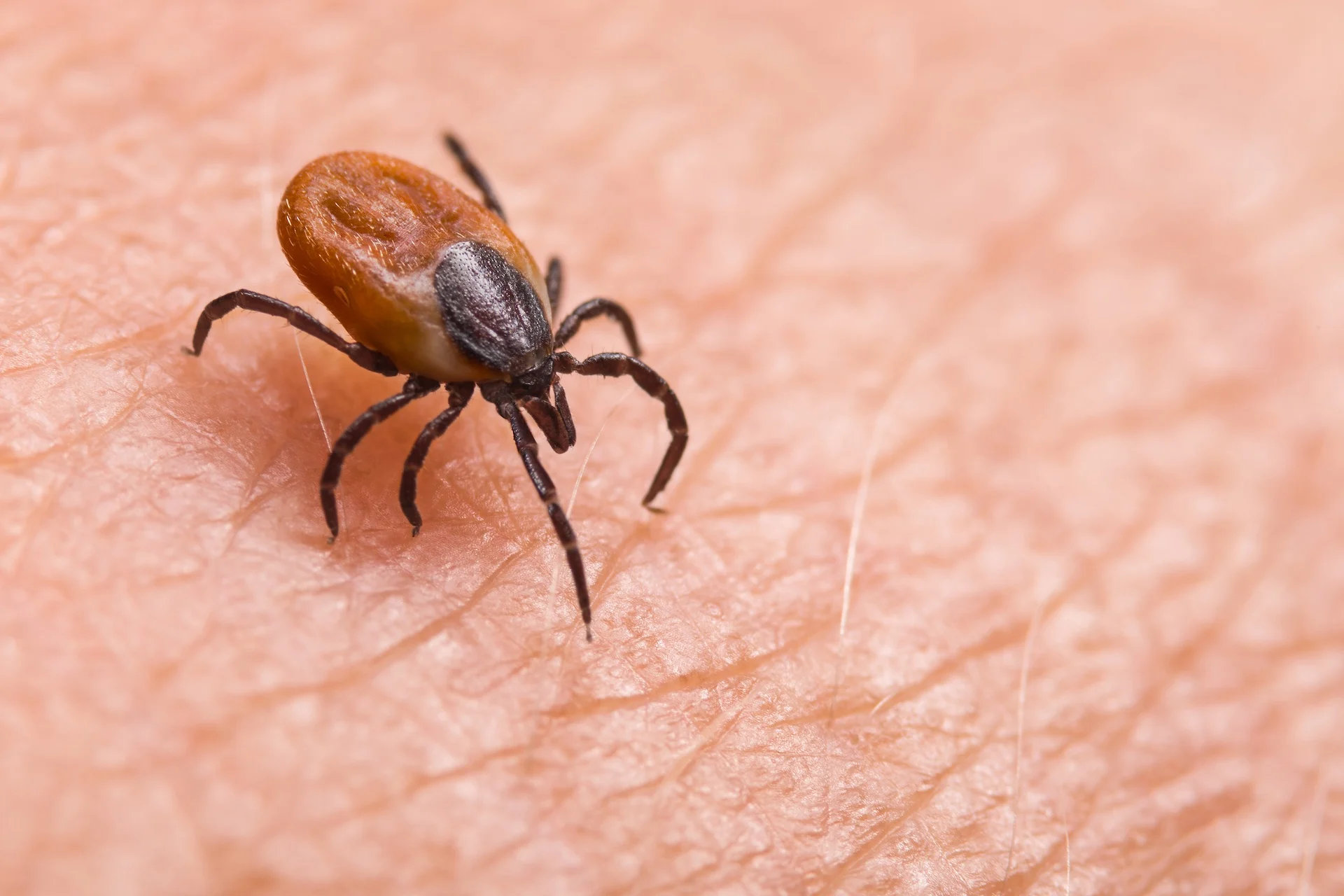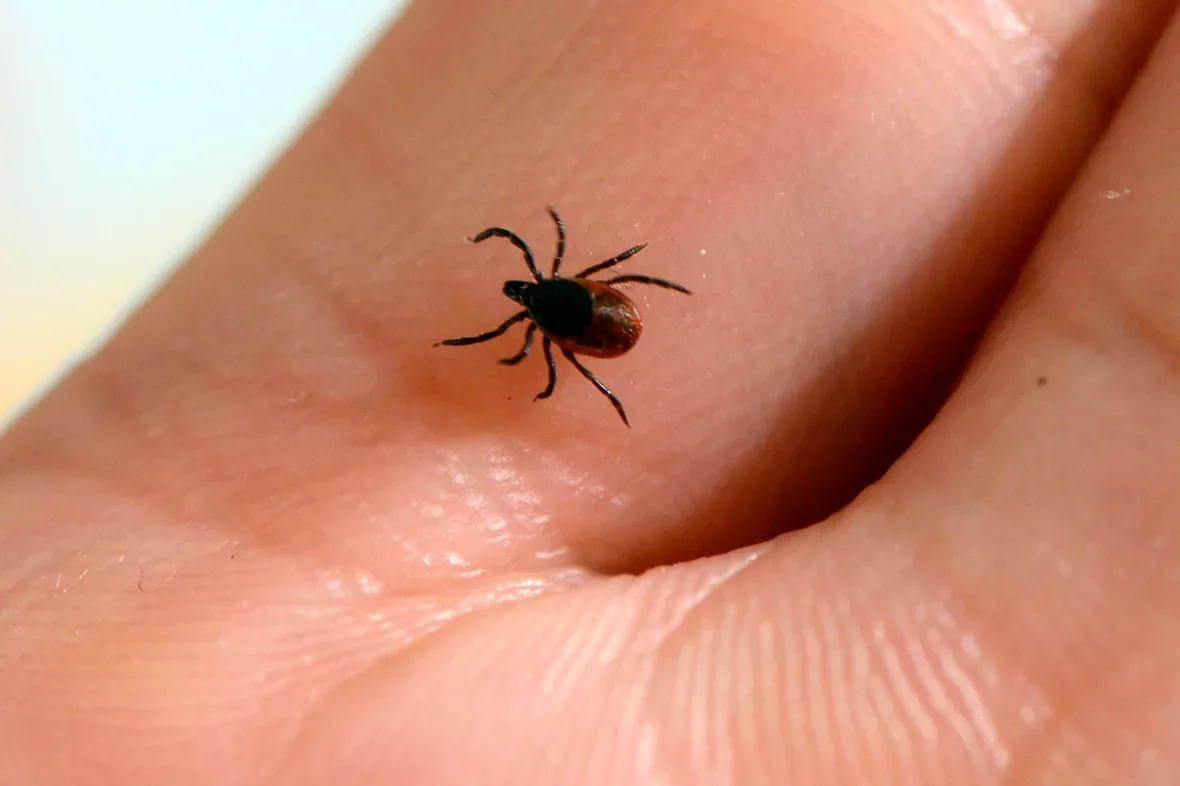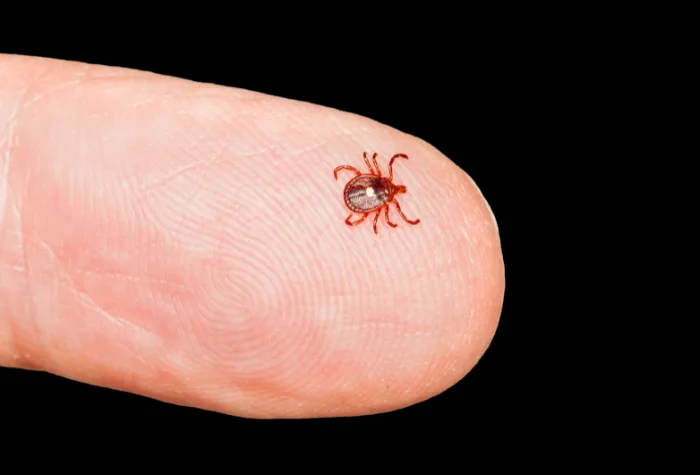
Ticks could spread throughout Quebec in coming decades: Public health institute
Quebec's public health institute is warning of a possible spread of the black-legged tick population in the province due to climate change.
The Institut national de santé publique du Québec (INSPQ) has created maps of the projected growth to help communities and governments plan and adapt over the next several decades.
"These maps are actually quite complicated to make," said Kirsten Crandall, expert scientific advisor for INSPQ.
SEE ALSO: Bitten by a tick? Here's the trick to handling it in a safe manner
To produce these maps, surveillance data was used to determine areas where established tick populations are located. Climate projection data for rising temperatures was also analyzed to identify areas where conditions would be favourable for the establishment of ticks in the future, the INSPQ says.
The maps show ticks expanding in areas where they're spotted now and regions to the north and east where they're not usually seen, such as Saguenay, the Lower St. Lawrence and the Gaspé.
"We will be seeing those more drastic changes more towards the north where it typically is a lot cooler," said Crandall. "But in the future, it will warm up to temperatures that are beneficial enough for a tick population to become established."

(CBC)
Communities that are further north or east may be seeing black-legged ticks, also known as deer ticks, for the first time, she said. That also means it may be the first time tick-borne illnesses, such as Lyme disease, are contracted in these areas.
"The maps developed make it possible to visualize where these ticks reproduce and survive in the present time and where they could establish themselves in 2030, 2050 and 2080 according to climate projections," the INSPQ says on its website.
The more established tick populations, the greater the risk of exposure to tick-borne diseases, the website says.
The maps are a tool for public health professionals, municipal organizations, ministries, businesses, non-profit organizations, academics and the general population, the INSPQ says.
They will help inform stakeholders about the current and future distribution of ticks and thus guide the implementation of interventions and other adaptation measures, it says.
But it's not easy to deal with ticks, according to Quebec-based entomologist Morgan Jackson, who has a PhD in insect taxonomy.
"It's not an eradication situation. So really, what we're talking about is big public health education," he said.
That includes getting people to recognize what the insects are, what activities put them at risk and how to prevent tick bites, he said.

(CANVA)
People are at risk of tick bites every time they are outside and not on concrete, he said. It's important to dress appropriately, use bug spray and check for ticks after being outside.
Quebec Public Health has published advice on how to remove ticks once they bite. The health agency has been working to raise awareness about ticks and Lyme disease for years.
The fact that Quebec winters are less cold than they used to be partly explains the increase in ticks, public health says.
"The warmer climate enables the ticks to survive and grow more easily," it says on its website. "Ticks are active at 4 C and reach their optimum level of activity at about 25 C."
According to the INSPQ, Montreal's West Island, Laval, the Montérégie region and the Eastern Townships are some of the areas currently posing a significant risk for Lyme disease.
WATCH: Wildfires could be pushing ticks out of the woods and into the city
Thumbnail courtesy of Getty Images - 1162834740.
The story was originally written by and published for CBC News. It contains files from Shuyee Lee.









